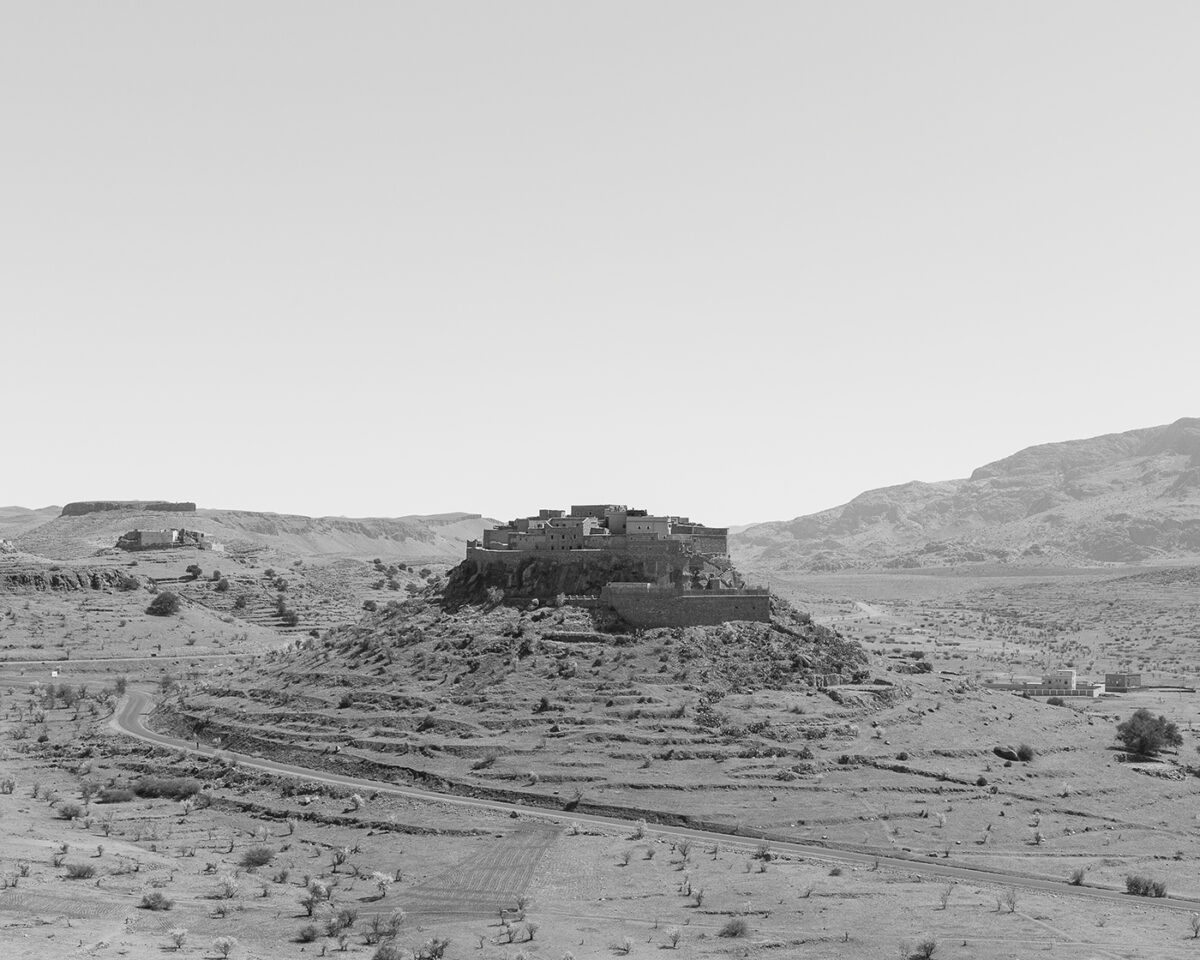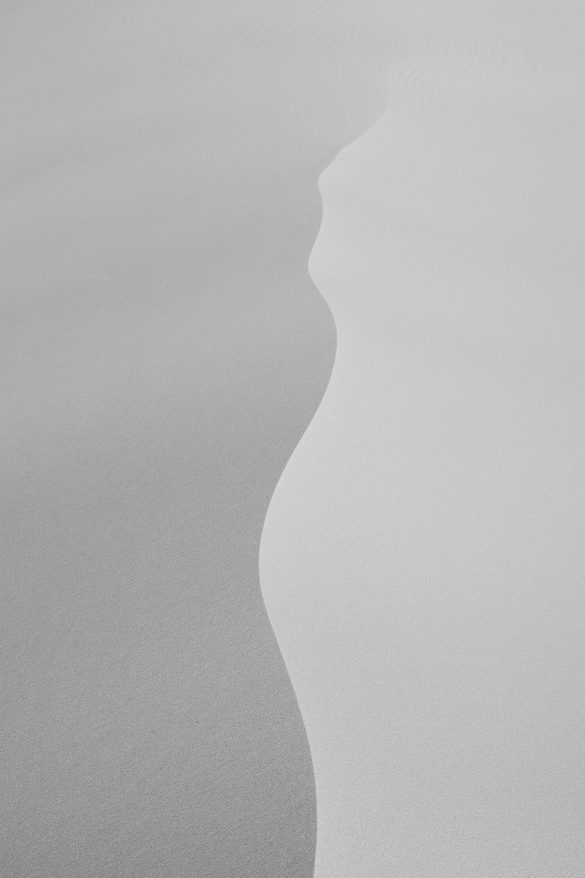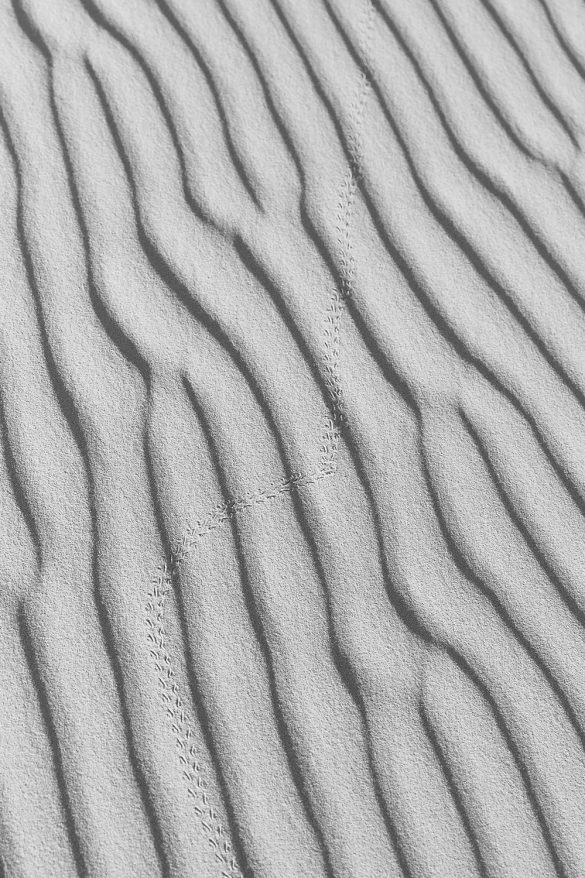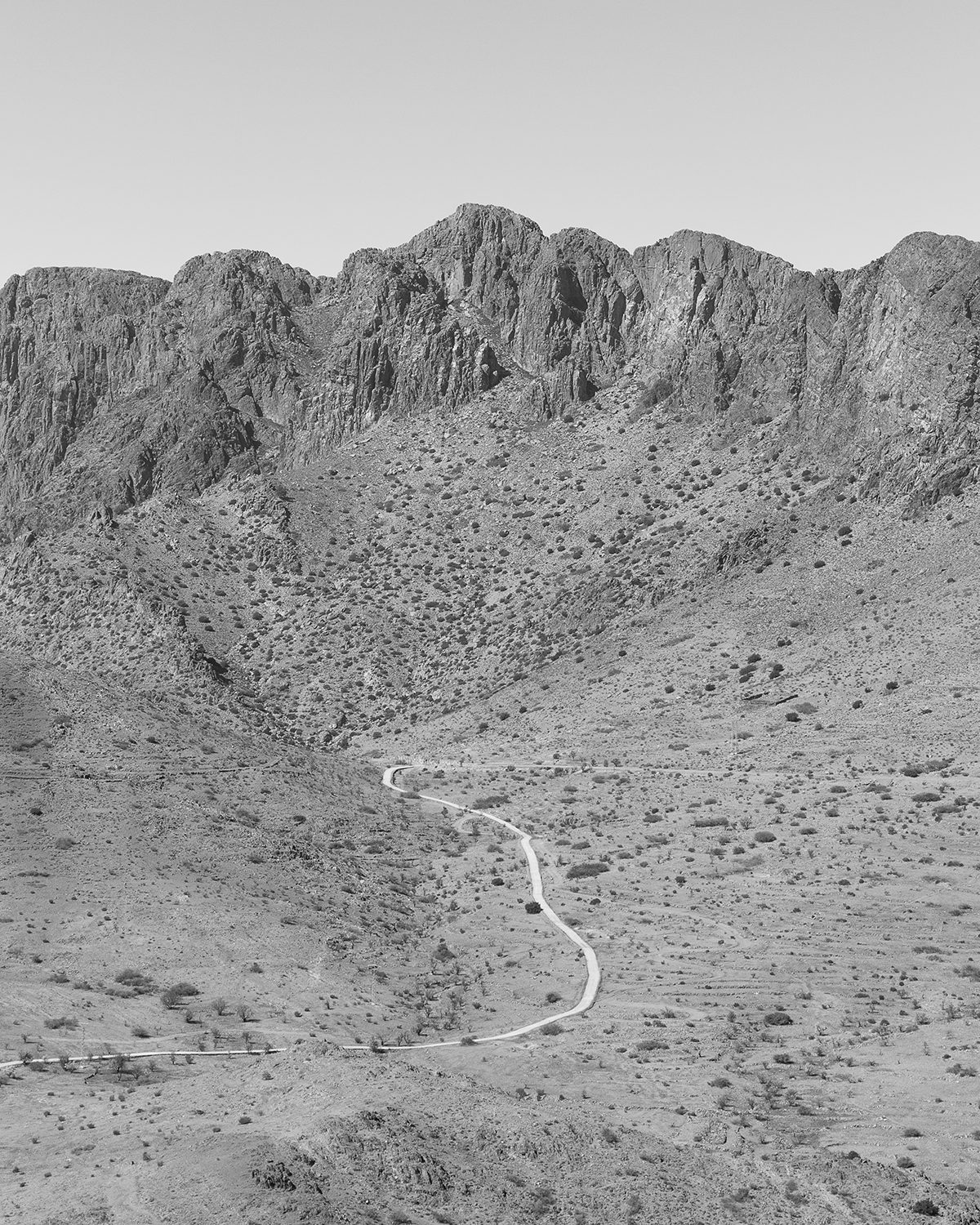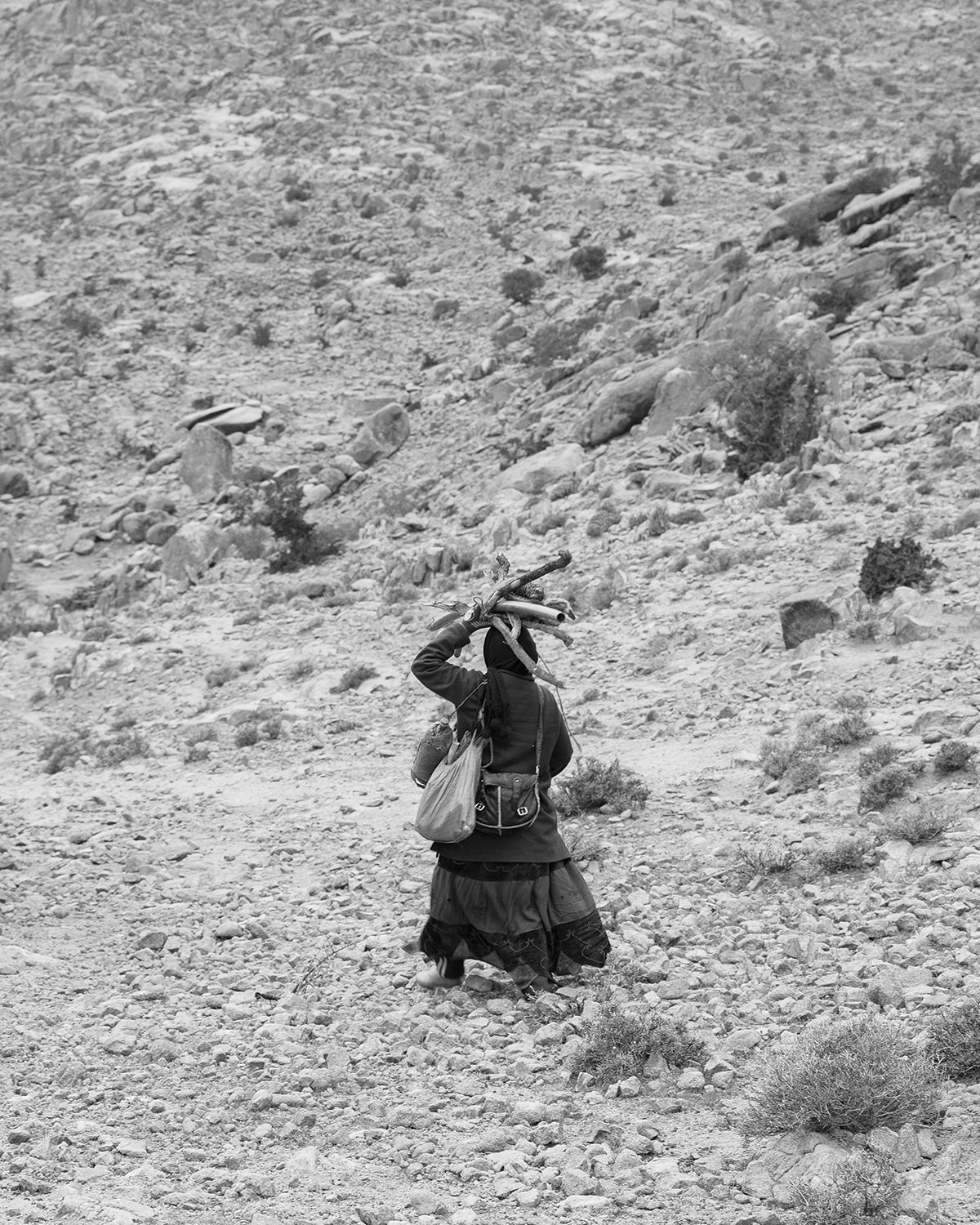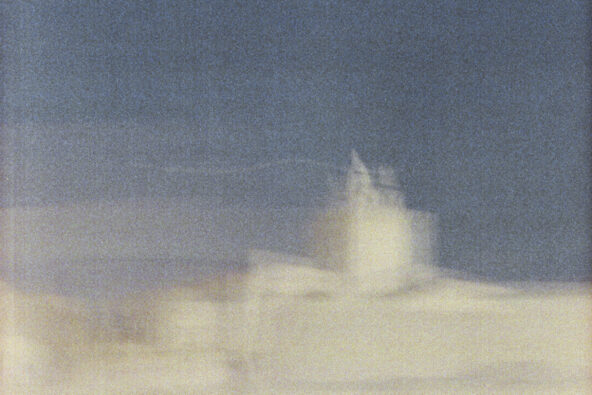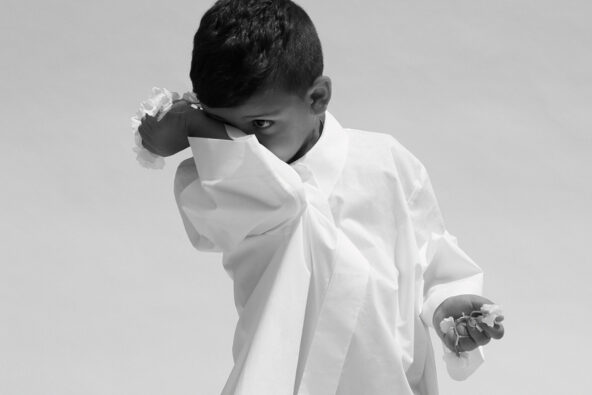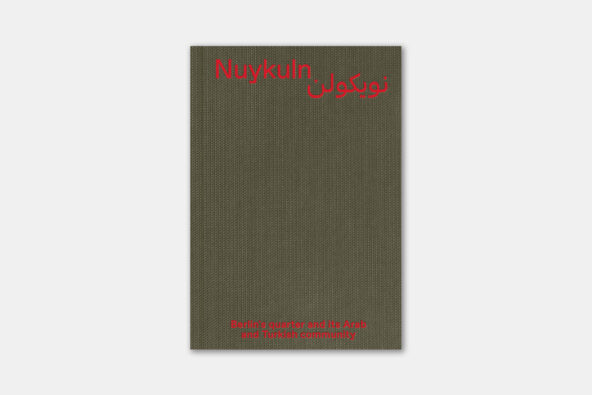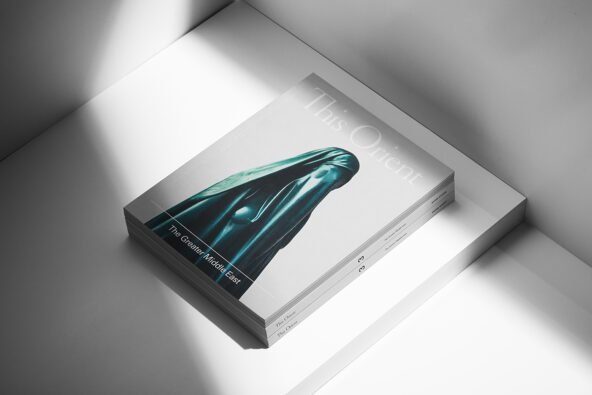Landscape observations: Morocco
The landscape is the prevailing feature that has remained constant, a witness that has stood still throughout a history in constant flux. In a similar way to its shifting cultures Morocco’s landscape has many faces, from the lunar plains of the Anti Atlas Mountains to the wind-smoothed sand dunes at the western edge of the Sahara Desert. To study its contours on a map or to drive through its plains at a gentle pace is like studying the wrinkles on a face, each landscape telling a different and beautiful story.
These landscapes are also a home. People give perspective to the landscape and subtly display the relationship between culture and nature
A valley ringed by immeasurable mountains is given history and scale by a small village beneath its peaks or an open plain is given time and space by a settlement or Kasbah.
As I walked one evening in the Anti Atlas Mountains I reflected on how uninhabitable this landscape felt. It was dry and rocky with only small woody leafless trees growing here and there. I couldn’t tell if the hills in front of me were one hundred or thousand meters high, or if they were a mile ahead or ten. I felt very alone.
Find the whole article inside Vol.3 of This Orient “The Greater Middle East”. Find the issue here in our store.
